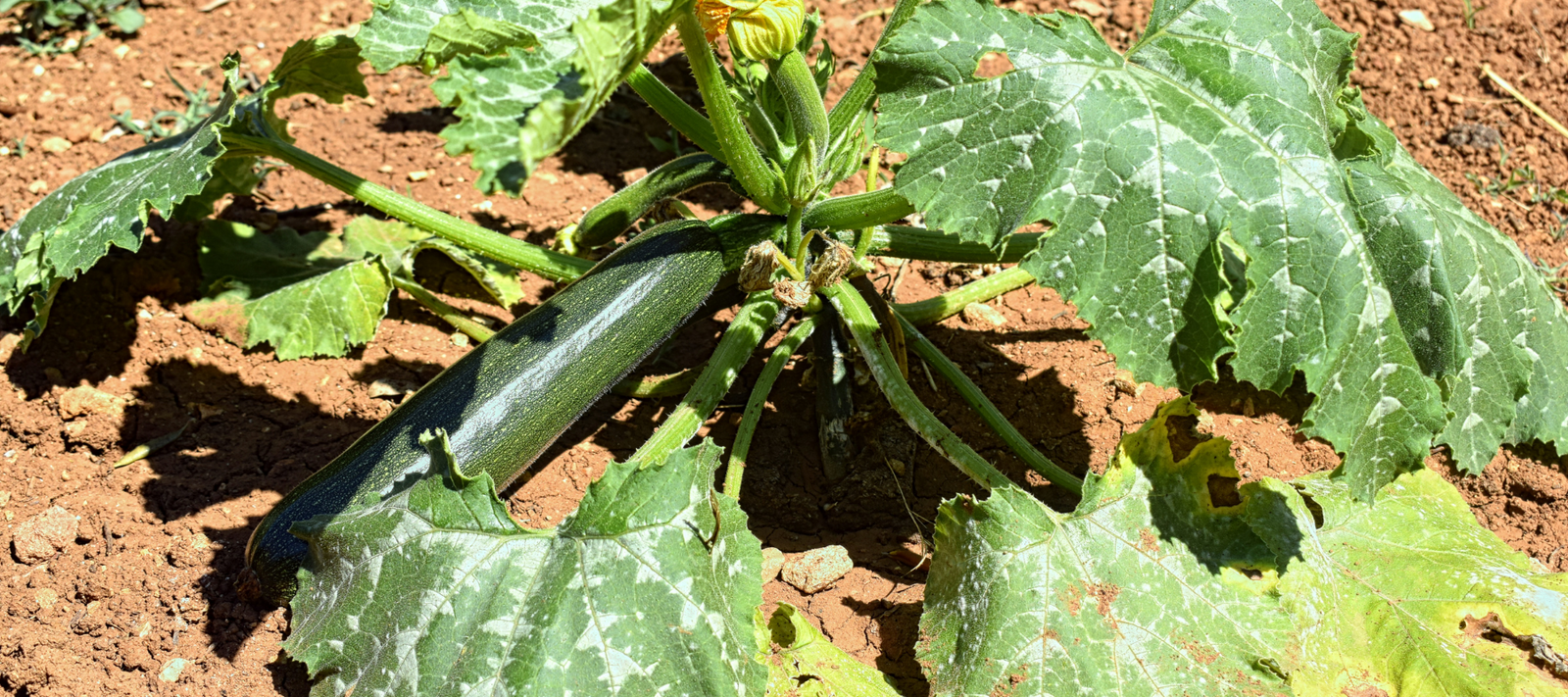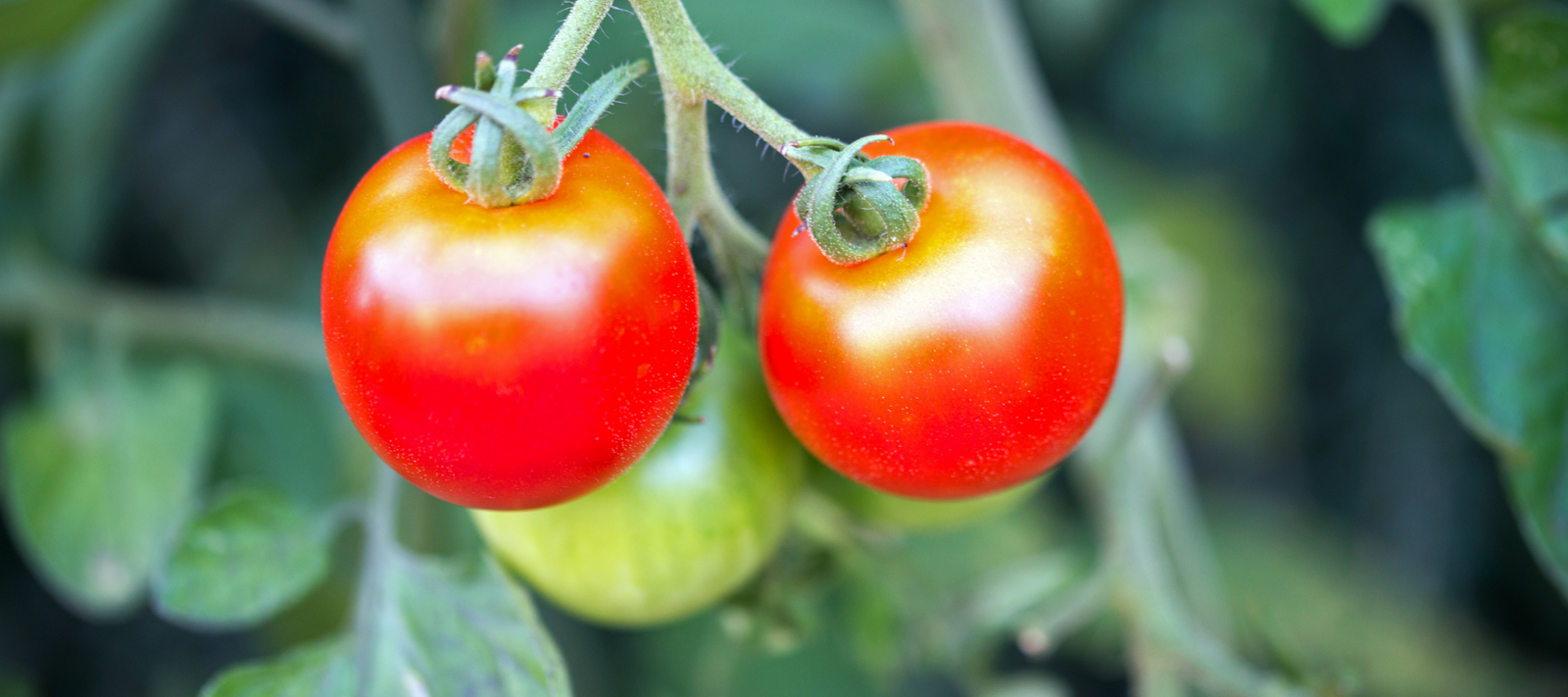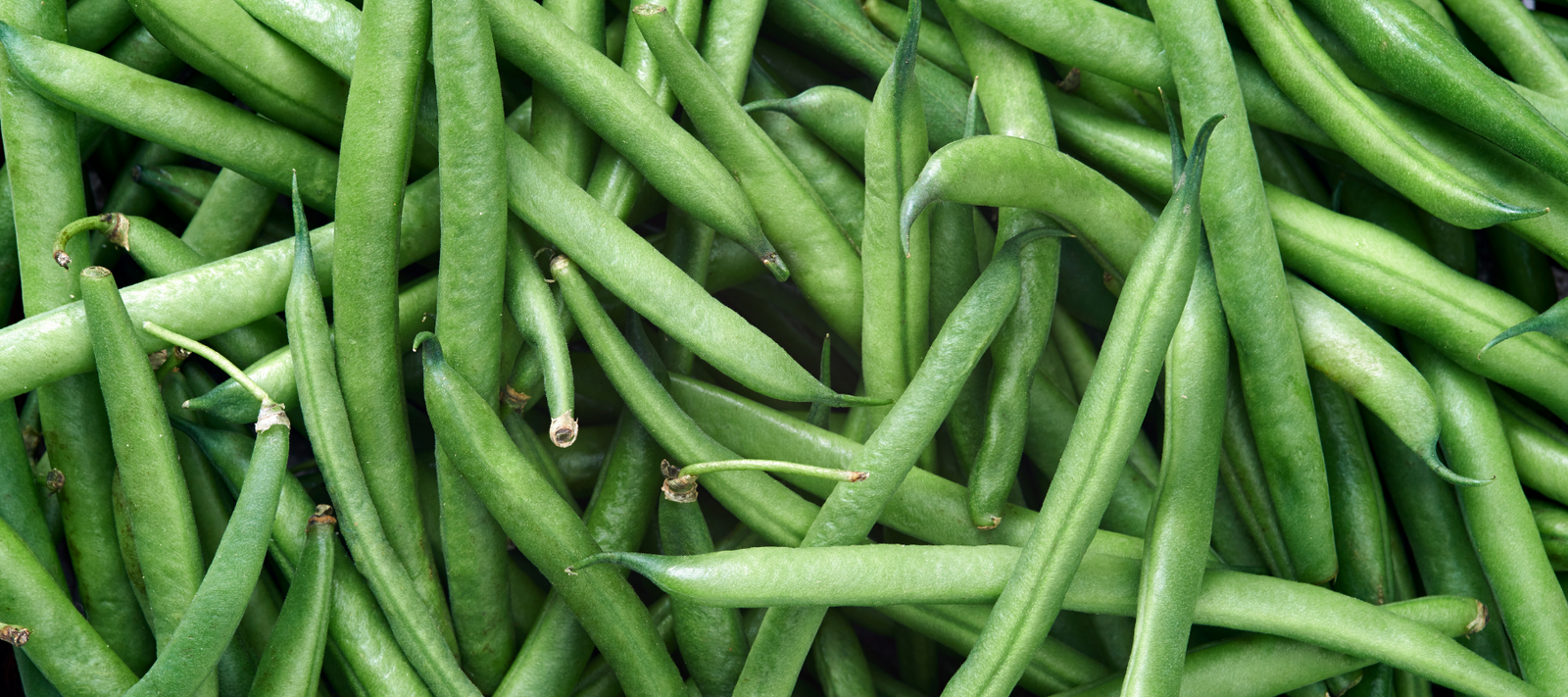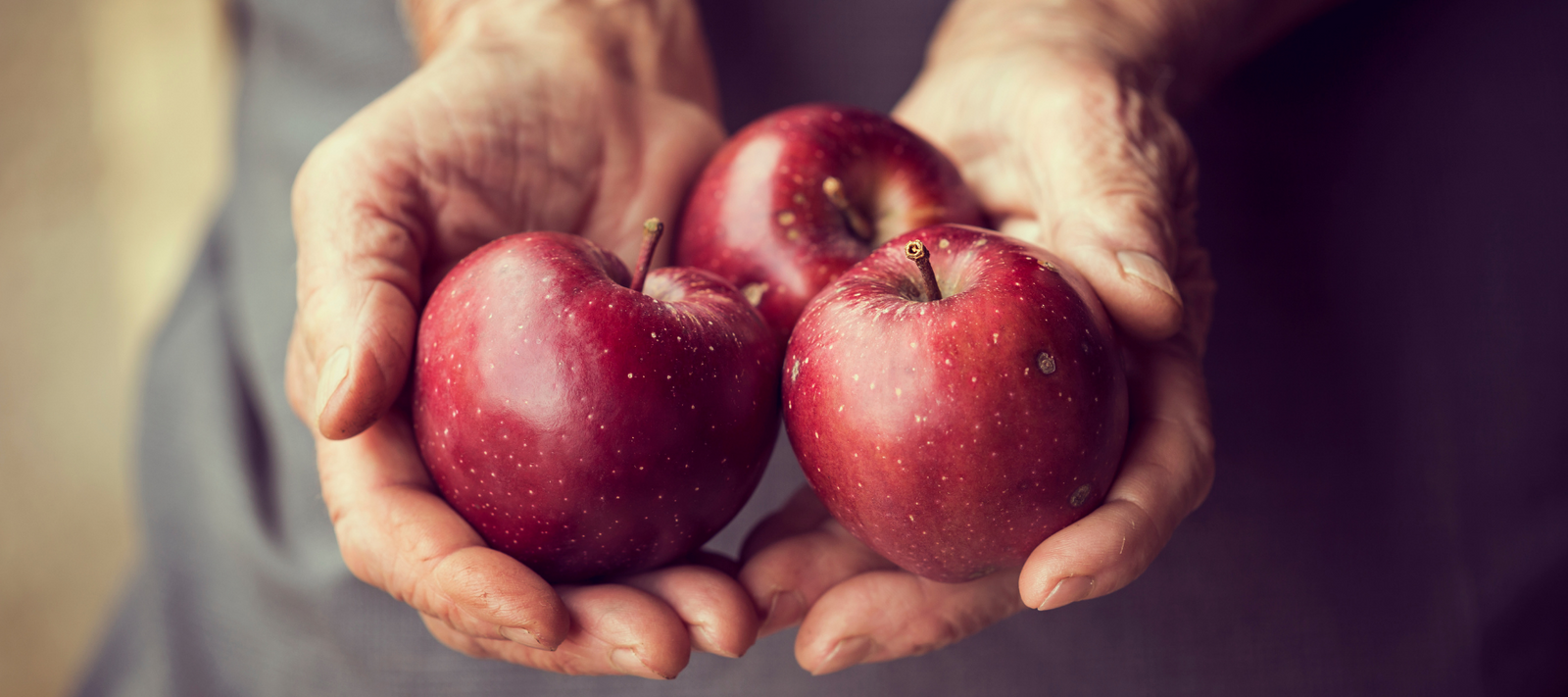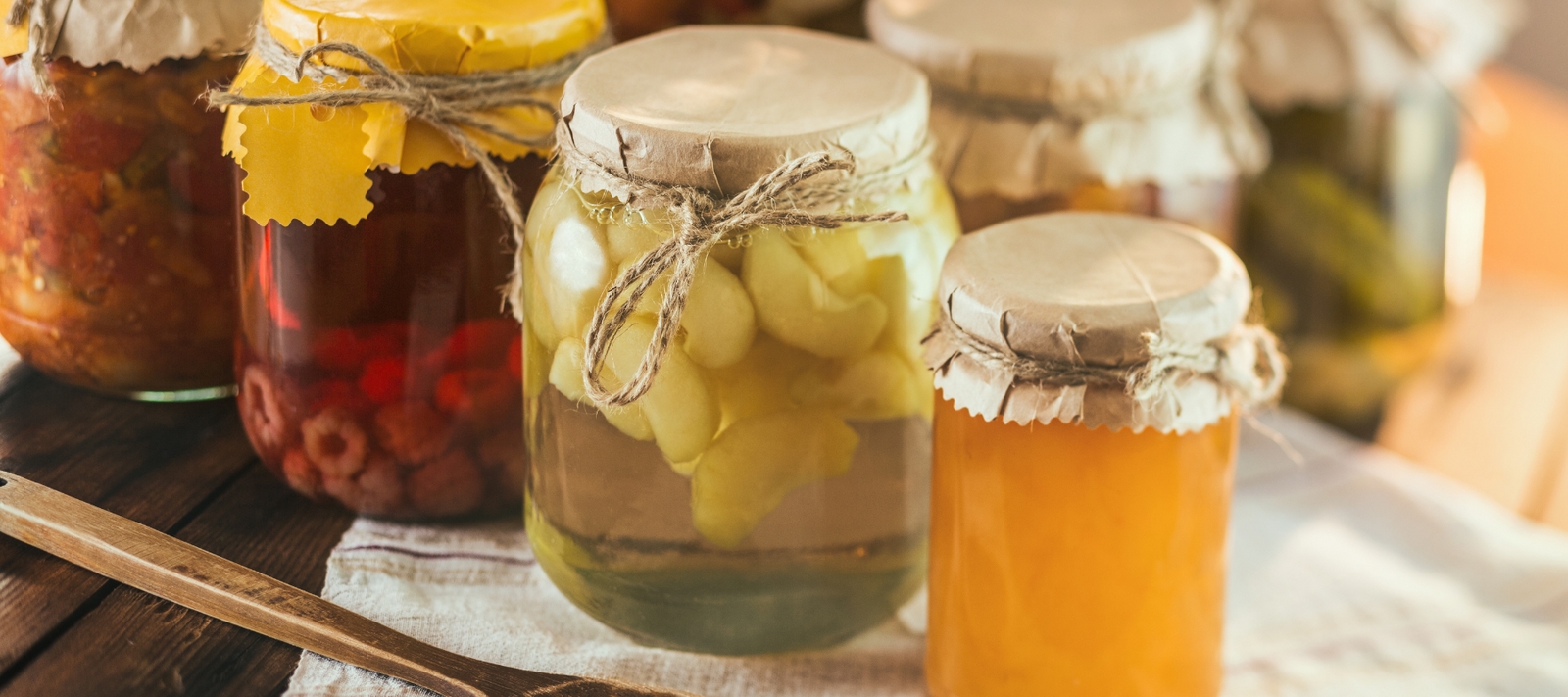
Summer offers an abundance of fruit, vegetables and herbs suitable to preserve and use throughout the rest of the year. Tomatoes are a classic choice, but you can also preserve a wide variety of other garden favourites. Here are a few suggestions to help you make the most of your peak summer harvest.
Tomatoes
Tomato preserving is a time when family and friends come together to celebrate a bountiful harvest. Passata Day is traditionally held in January throughout Australia, although up North this may be closer to the middle of the year. An Italian tradition, it typically involves deseeding, chopping, boiling, and jarring passata for use throughout the year... and it’s followed by a delicious lunch, of course. But don’t be confined to passata as your only means of preserving tomatoes. Tomatoes can be bottled whole, chopped or blended, they can be dehydrated or semi-sundried and preserved in oil, they can be made into tomato sauce (as in ketchup, not pasta sauce), and even reduced to a thick paste. Whatever you choose to do, don’t forget to enjoy a few fresh too!
Tomato Preserving Tips
One of the simplest ways to preserve tomatoes using the Fowlers Vacola system is to roughly chop your ripe tomatoes and press them down firmly into a clean dry jar. Fill to about 1.5cm from the top and place a tablespoon of fresh lemon juice on the surface. Place the ring on the jar and firm down the lid with a Vacola clip. Bring to temperature slowly and maintain system at 92 degrees for 45-90 minutes depending on the size of your jars.
Remove to cool and then store in a cool, dark, dry cupboard.
Zucchini
Possibly one of the most ‘Googled’ queries on the web – What do I do with excess zucchini? Let’s face it, any zucchini grower knows that at some point, harvest outweighs demand. We get excited about summer, plant a couple of extra zucchini plants and then end up wondering what we can do with so much fruit. Aside from sharing with neighbours, family and friends, zucchini is also an incredibly versatile veg. Keto has helped to raise its profile too, often used as a replacement for spaghetti thanks to the use of the spiralizer, but zucchini can also be used in traditional dishes like ratatouille, thinly sliced as a replacement for pasta sheets around cannelloni or in lasagne, as the main ingredient in zucchini slice, frittata and fritters, as well as cakes and muffins. Zucchini and basil make an exquisite seasonal soup, and don’t underestimate lightly sautéed zucchini strips served hot with goats cheese and a splash of fresh lemon juice and cracked pepper. Still need more suggestion? You can make zucchini pickle or piccalilli and use as a chutney throughout the year.
Beans
Best eaten fresh, beans are simply delicious fresh from the garden or lightly cooked for salads or sides, but sometimes you need to preserve them for the remainder of the year. The two most popular methods are blanching and freezing or placing in jars and preserving. This really depends on personal preference and available space. When preserved in jars, beans can be placed in the cupboard for an extended period of time. When frozen, they need to be placed in an airtight bag and usually last only 6-8 months at best. Of course, if you grow dried beans, then these are easily stored in a sealed airtight container in the cupboard, just waiting for that next soup, casserole or minestrone.
Preserving Beans
Blanching beans and other veg is a quick and easy way to prepare vegetables for freezing. Simply bring a saucepan of water to the boil with a teaspoon of salt. If you have a deep colander, you can have your beans in the colander and simply plunge it into the boiling water. Otherwise place them in the boiling water and watch for them to brighten in colour – only 2-3 mins. Remove from the hot water and plunge into a bath of ice cold water. Remove from the water and drain on a tea towel. Once dry, spread out over a baking tray covered in baking paper and place in the freezer for at least 1 day (or until completely frozen). Remove from the freezer and place into ziplock bags in suitable portion sizes, and place back into the freezer.
Stone Fruit
Apricots, peaches, nectarines and plums are all coming into fruit and when ripe, need harvesting quickly. Depending on your household, you may be able to eat them all fresh, but it is nice to put a few jars away for dessert throughout autumn and winter. They can be preserved in a very light sugar syrup or even a liquor (plums in port are delicious); however, make sure you still leave yourself enough to make a few batches or jam of sauce. Homemade jams are undeniably better than anything commercially made and that unexpected chunk of fruit ripened in the sun turns a simple spread into a heavenly topping for toast or pastry dishes like jam tarts. Some fruits naturally lend themselves to dehydrating too, like apricots.
Peaches & Nectarines preserving method
This method can also be used to preserve fruit naturally without making a syrup. Instead, slice stone fruit in half, removing the stone and stack with the cut side down. Fill to about 1.5cm from the top with water and try to remove any bubbles. Place a tablespoon of lemon juice on top, and seal with a rubber ring and clip.
Apples
Turn apples into apple sauce, preserve in jars for use in pies and desserts throughout the year or dehydrate into chews for the kids’ school lunches.
Herbs
Last but not least, don’t overlook preserving your summer herbs. While many of your staple herbs produce all year round, summer is often a key time for abundance. Prune early in the month and hang in bunches to dry. Your herbs will thank you and will usually put on another great explosion of growth in early autumn.
Annual herbs like basil should be harvested and resown as often as you can throughout the growing season, either drying or preserving as pesto. The same can be said for coriander.
Don't be overwhelmed
Sometimes when all our produce comes on at once, it can be easy to feel overwhelmed, but stop and look at what you have grown in your very own garden. Preserve in a big batch or do smaller lots more frequently. Give some away if it gets too much and just save what suits you, but don’t be frightened to give it a try. There is undeniably a real moment of pride when you pull something from your own fridge, freezer or pantry that you have grown, harvested and preserved yourself, and it’s why we will all do it again next year.



